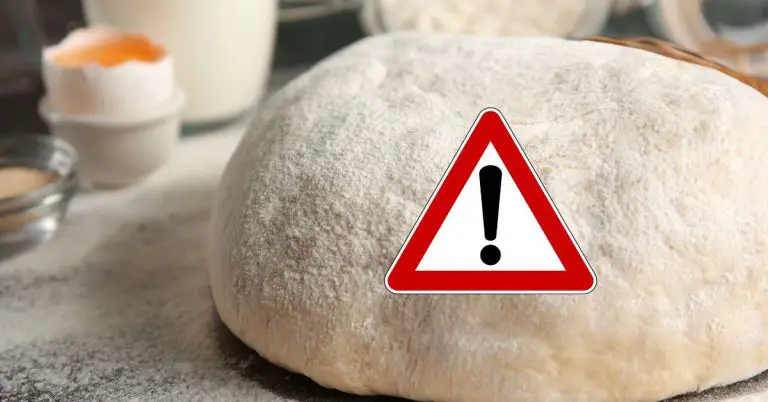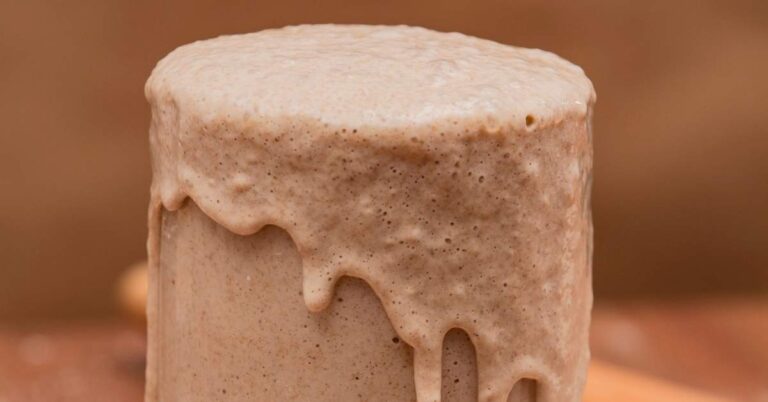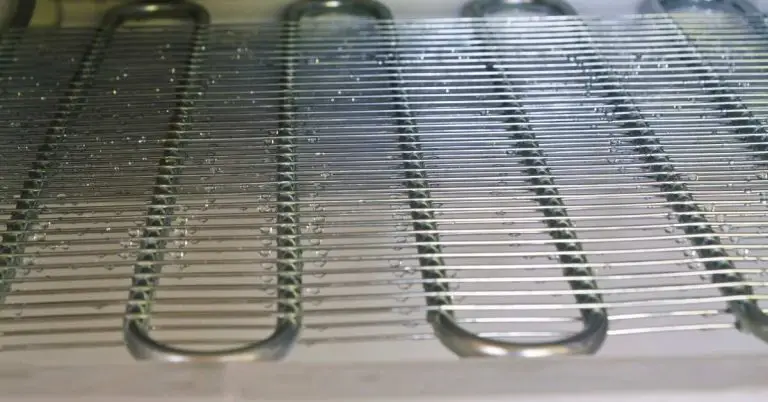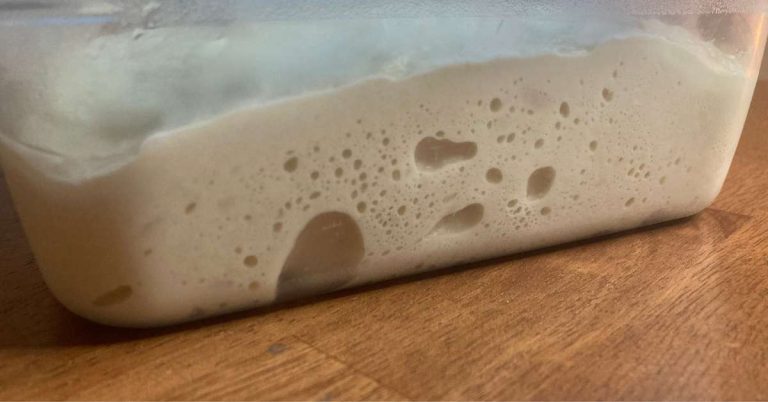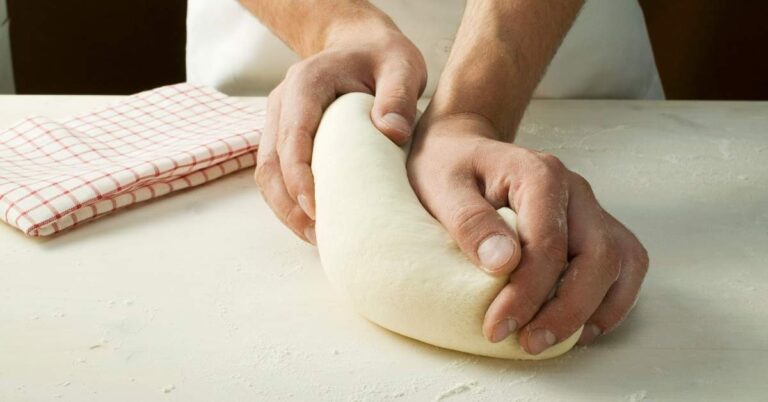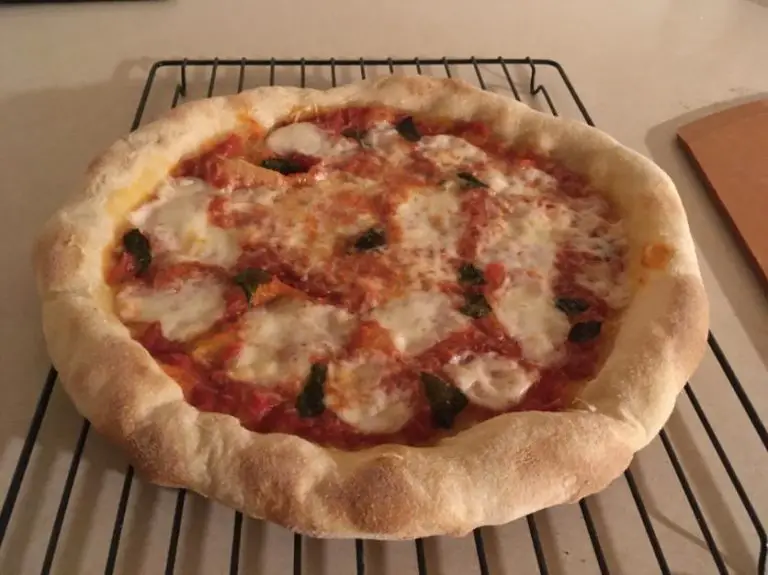How Do You Scale Poolish Pizza Dough Recipes for Different Sizes?
Scaling poolish pizza dough recipes requires careful adjustment of ingredient proportions to maintain the dough’s consistency and flavor. When increasing the recipe size, ensure that the yeast quantity is adjusted correctly to avoid over or under-fermentation. This balance is crucial for achieving the same quality crust, whether you’re making a single pizza or enough for a large gathering.
Ever wanted to make the perfect pizza dough at home but found yourself stuck when trying to make more or less than your recipe calls for? Today, we’re jumping into how to scale poolish pizza dough recipes for different sizes. Whether you’re cooking for yourself or a big group, we’ve got you covered. Let’s get started on making your pizza night a breeze.
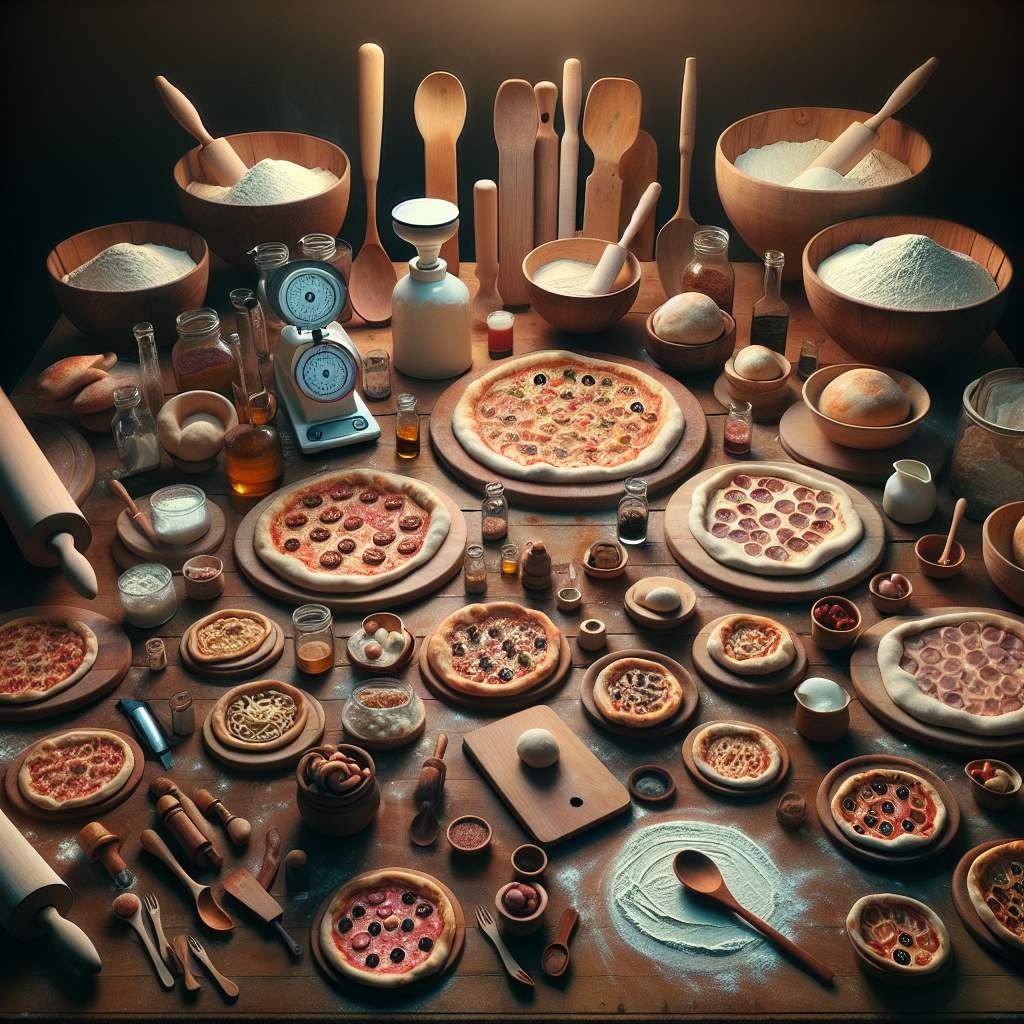
Understanding Poolish Pizza Dough
First things first, what is poolish? Poolish is a type of pre-fermentation used in baking that’s a mix of flour, water, and a tiny bit of yeast. It sits and ferments for a while before you make your dough. This magic mixture is a big deal in the pizza world. It makes your pizza dough light, airy, and full of those yummy bubbles that give it a fantastic texture.
Using poolish in your pizza dough has a bunch of benefits. It not only improves the texture but also adds a wonderful flavor to your crust. Plus, it makes your dough easier to shape and stretch. Who doesn’t want a pizza dough that’s both tasty and easy to work with?
Basics of Baker’s Percentages
Now, let’s talk about baker’s percentages. This might sound like math class, but it’s actually a super helpful tool for bakers. Baker’s percentages show the ingredients of a recipe as percentages of the flour weight. This method is awesome because it makes it easy to adjust recipes to make more or less dough. Once you get the hang of it, you’ll be able to scale any recipe up or down in no time.
Understanding baker’s percentages is key to scaling your poolish pizza dough recipe. It helps you keep the balance of ingredients just right, no matter how much dough you’re making. This way, your pizza crust will always come out perfect.
Calculating Ingredients for Your Base Recipe
Let’s start with figuring out the size of a standard pizza dough ball. A good size to aim for is about 250 grams, which is perfect for a personal-sized pizza. Now, to make one pizza, you’ll need to calculate how much flour, water, yeast, and salt you need.
Using baker’s percentages, you can easily figure out the quantities of each ingredient based on the total weight of flour you’re using. For example, if your recipe calls for 60% water, 2% yeast, and 2% salt, and you’re using 100 grams of flour, you’ll need 60 grams of water, 2 grams of yeast, and 2 grams of salt. It’s that simple!
By understanding the basics of poolish, the benefits of using it in your pizza dough, and how to use baker’s percentages, you’re well on your way to making amazing pizza dough for any occasion. Remember, the key to great pizza dough is not just in the ingredients but in how you adjust and scale those ingredients to fit your needs.
| Number of Pizzas | Flour (g) | Water (g) | Salt (g) | Yeast (g) |
|---|---|---|---|---|
| 1 | 200 | 160 | 4 | 0.6 |
| 2 | 400 | 320 | 8 | 1.2 |
| 4 | 800 | 640 | 16 | 2.4 |
| 6 | 1200 | 960 | 24 | 3.6 |
| 8 | 1600 | 1280 | 32 | 4.8 |
Scaling Up for Multiple Pizzas
When you’re making pizza for a few friends or a big party, knowing how to adjust your poolish pizza dough recipe is key. For small gatherings, like making five pizzas, you just multiply the ingredients of your base recipe by five. It’s simple math. But, when you’re scaling up for something bigger, like 20 pizzas, you need to be a bit more careful. You’re not just multiplying; you’re also making sure that the dough’s quality stays top-notch.
Adjusting Quantities for Small Batches
For small batches, such as five pizzas, take your single pizza recipe and multiply each ingredient by five. This method is straightforward and works well for small increases in quantity. It’s a good way to make sure everyone gets a slice without changing the dough too much.
Scaling Up for Larger Batches
When making 20 pizzas, the process changes a bit. You still multiply your ingredients, but you also need to pay extra attention to mixing and kneading. Large batches can be tough on mixers and might need to be mixed in sections or kneaded by hand to keep the dough’s texture right.
Adjusting Hydration Levels
Hydration is super important in poolish dough. It makes the dough light and airy. When you make more dough, you might need to change how much water you use. This is because flour can absorb water differently based on many things like brand or even the weather.
To adjust water content, start with the original recipe’s hydration percentage. If your dough feels too stiff or too sticky when scaling up, you can add a little more water or a bit less. It’s all about finding what works best for the dough’s feel and look.
Troubleshooting Common Scaling Issues
Scaling recipes can sometimes lead to problems. One common issue is the dough not rising the same way it does in smaller batches. This can happen if the yeast doesn’t get mixed in evenly. To fix this, make sure to distribute the yeast well throughout the flour before adding water.
Another tip is to keep an eye on the dough’s consistency. If it’s too wet or dry, adjust the flour or water a bit at a time. Remember, small changes can make a big difference in large batches.
Final Thoughts
Scaling poolish pizza dough recipes is a handy skill, especially when feeding a crowd. Remember, the key is to multiply your ingredients carefully and adjust hydration as needed. Don’t be afraid to tweak the recipe based on what you see and feel in the dough. With a little practice, you’ll be able to make the perfect amount of dough for any occasion. So go ahead, experiment, and enjoy the delicious results!

